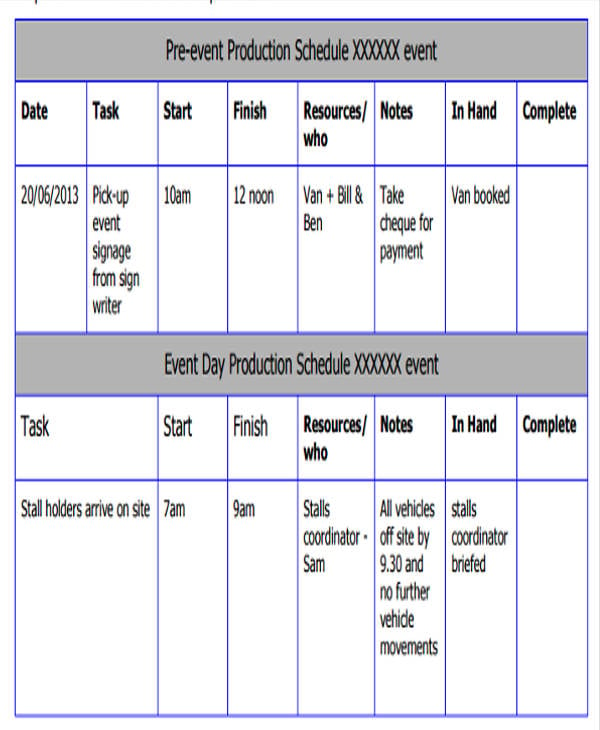One of the most significant benefits of LED display screens is their brightness. LED tech produces lively and bright images that can be readily viewed in various illumination conditions. Unlike traditional projectors, which can have difficulty in brightly lit environments, Light Emitting Diode display walls maintain their clarity and hue precision even in well-lit spaces. This makes them perfect for external activities or locations with large openings. The elevated brightness levels ensure that the material displayed is always visible, making it simpler for viewers to engage with the information being shown.
In furthermore to brightness, Light Emitting Diode display screens provide enhanced image clarity. They offer greater definition and improved hue reproduction compared to traditional projection systems. This means that images and footage displayed on an LED wall appear sharper and more defined. The dot concentration of LED screens allows for near viewing without losing clarity, which is especially crucial in environments like trade shows or conferences where viewers may be nearby to the screen. Furthermore, Light Emitting Diode tech can produce deeper dark tones and more intense hues, enhancing the overall visual experience.
Flexibility is another important benefit of Light Emitting Diode display walls. These systems can be configured in multiple dimensions and shapes to fit varied spaces and design requirements. Unlike traditional projectors, which require a particular distance from the screen to function correctly, Light Emitting Diode display screens can be installed in a variety of environments. They can be curved, tiled, or even used in innovative layouts to create distinct display exhibits. This flexibility allows companies to tailor their display presentations to suit their specific needs, making LED video walls a versatile choice for any environment.
Upkeep is also a crucial factor when like this comparing LED video walls to traditional projection systems. LED displays generally require less maintenance over time. Traditional projectors often need bulb replacements and regular cleaning to maintain optimal performance. In contrast, LED technology has a greater lifespan and does not require frequent replacements. This lowers inactivity and upkeep expenses, making Light Emitting Diode display walls a more cost-effective solution in the long run. Organizations can focus on their displays rather than worrying about the upkeep of their display systems.

Finally, energy efficiency is an essential factor for many organizations. LED video screens consume less energy compared to traditional projector technologies, which can lead to substantial savings on energy bills. This is especially beneficial for businesses and locations that use screens for long times. Additionally, the reduced energy usage of LED technology contributes to a reduced environmental impact, making it a more eco-friendly option. By selecting Light Emitting Diode video walls, organizations can enjoy high-quality visual screens while also being mindful of their energy use and environmental footprint.
In summary, LED video walls offer many benefits over conventional projection systems. Their brightness, visual clarity, adaptability, low maintenance needs, and power conservation make them an superior option for modern visual displays. As innovation continues to progress, Light Emitting Diode video walls are likely to become even more common in multiple settings, providing organizations with the resources they require to efficiently communicate and engage with their audiences.